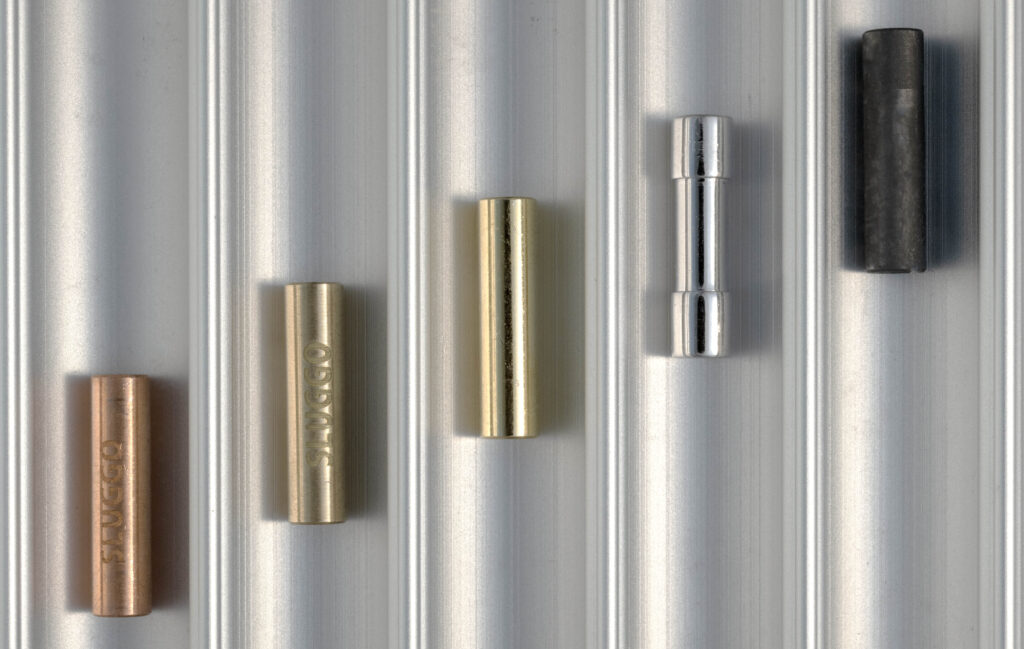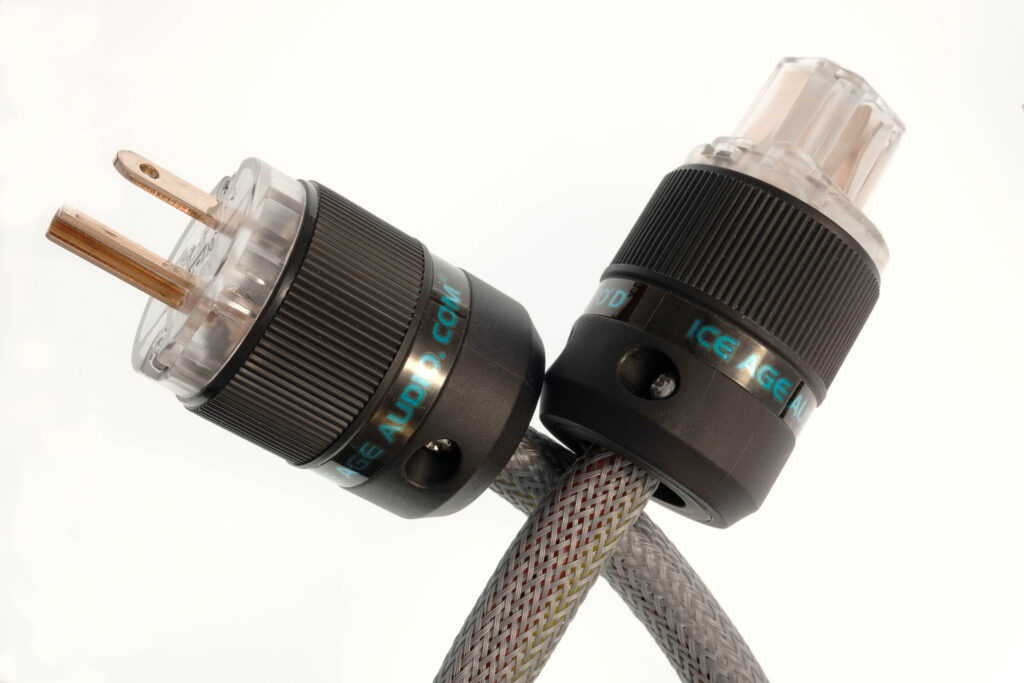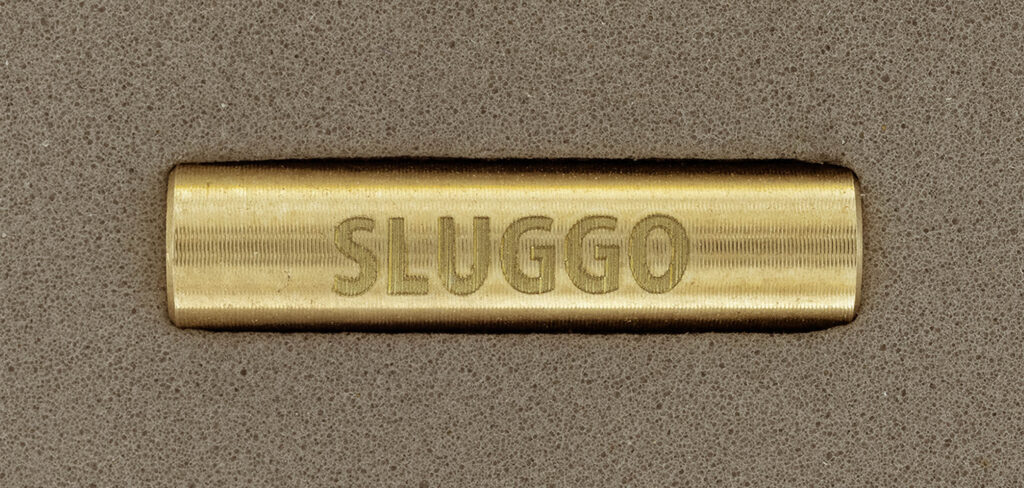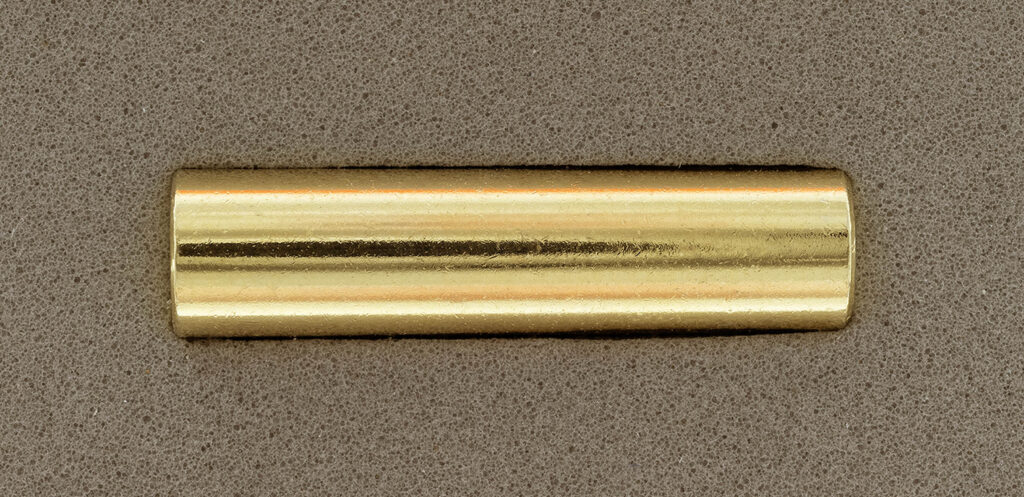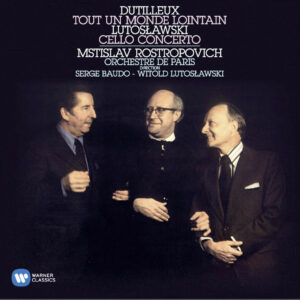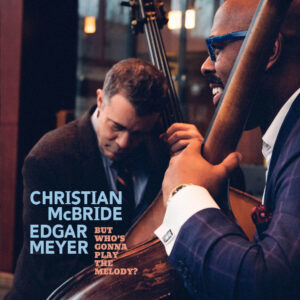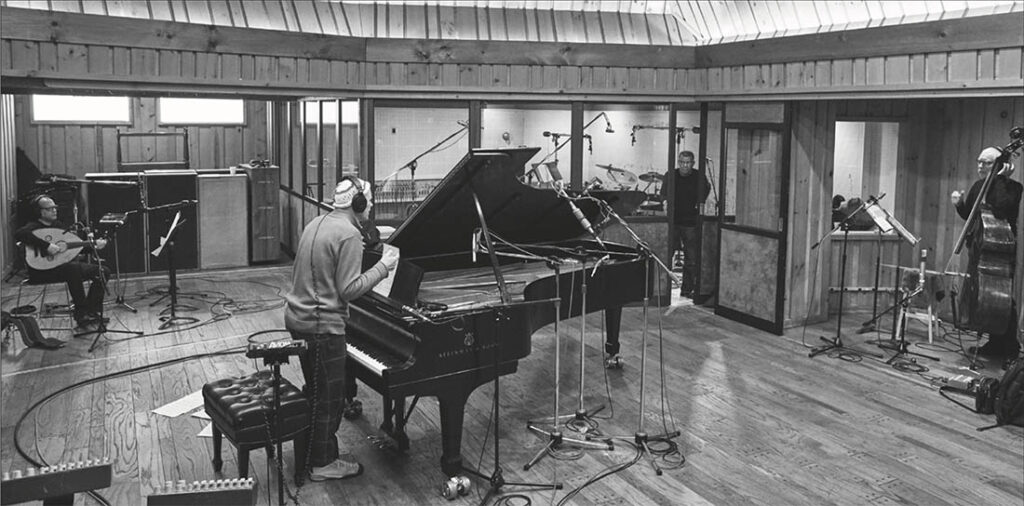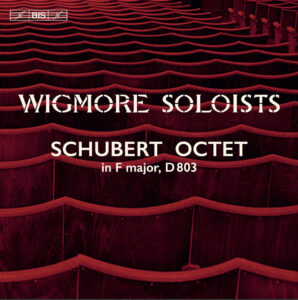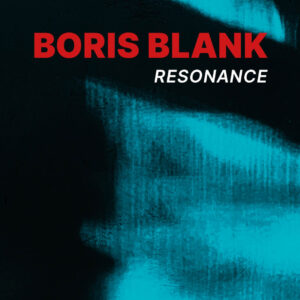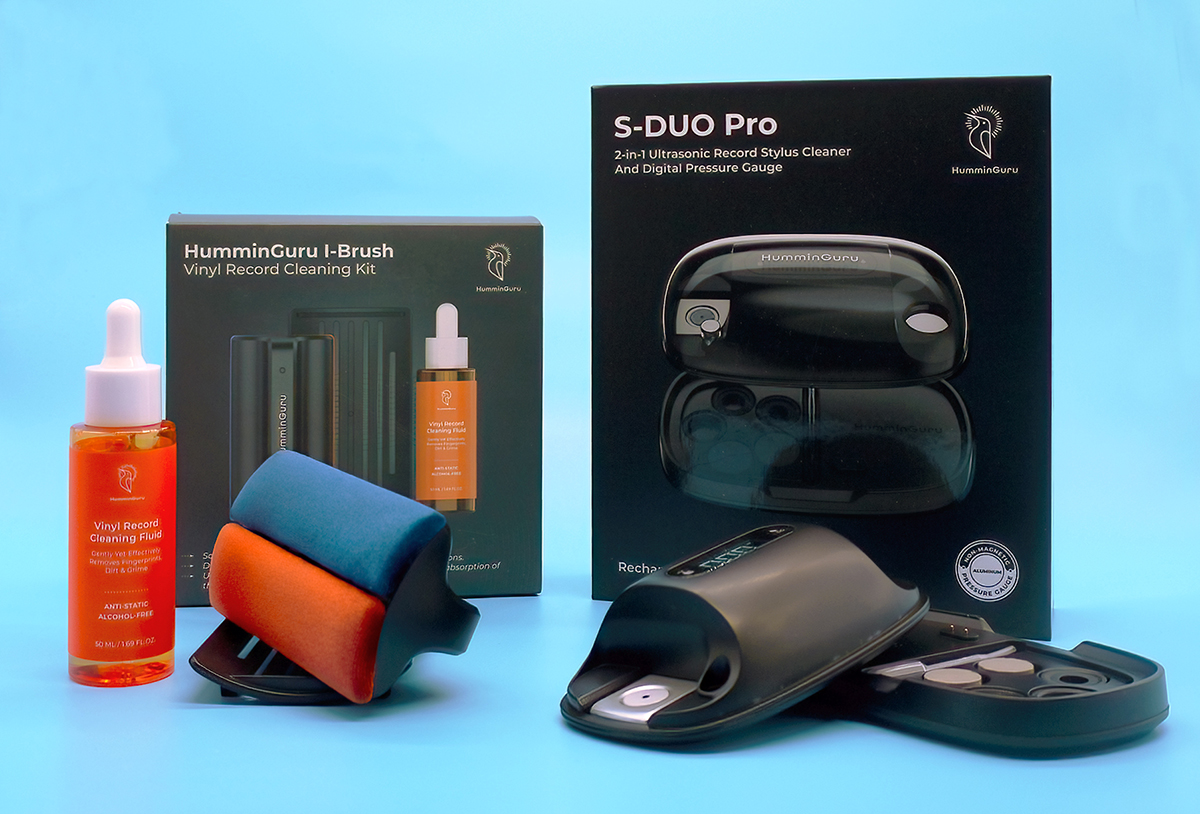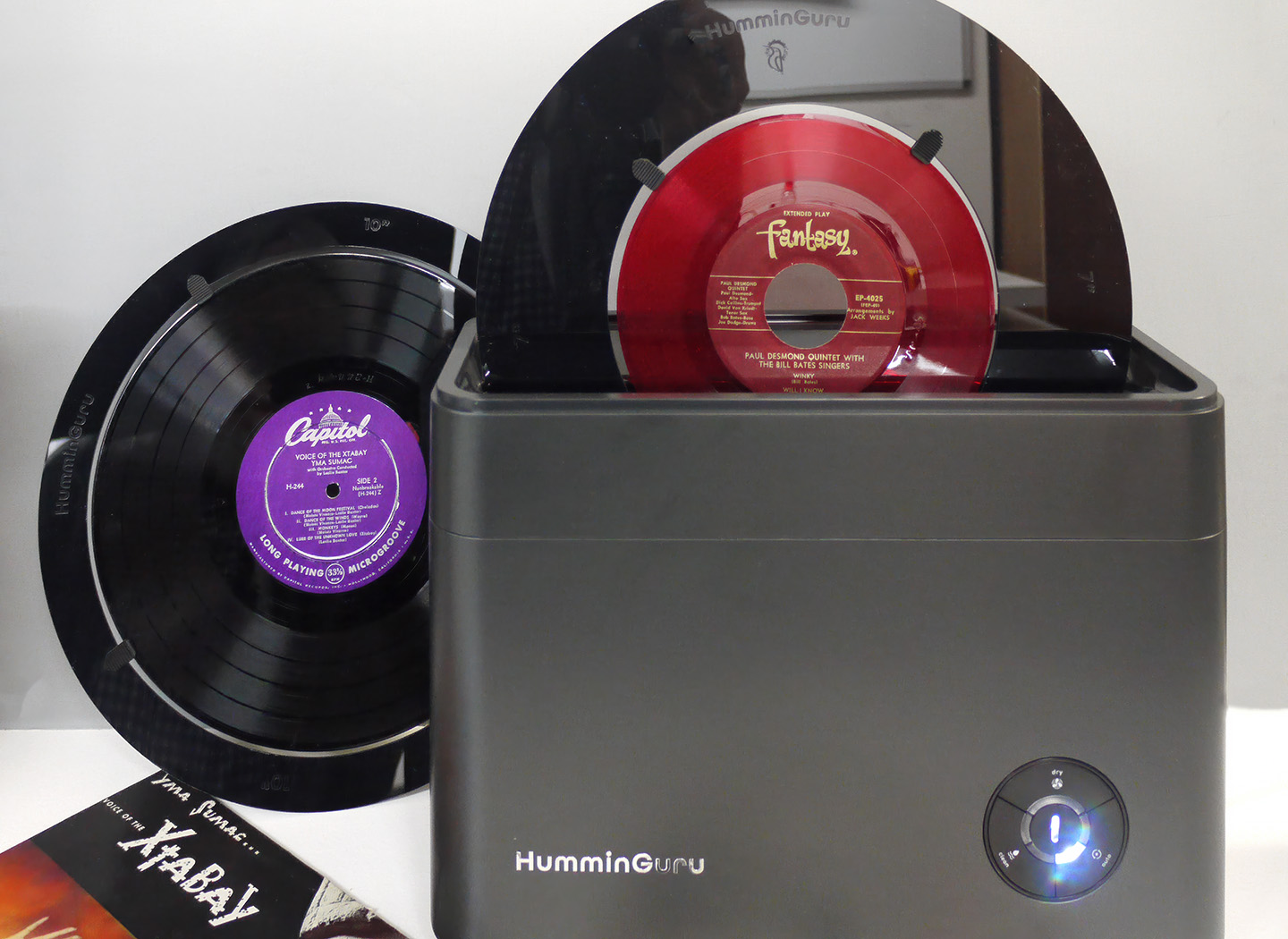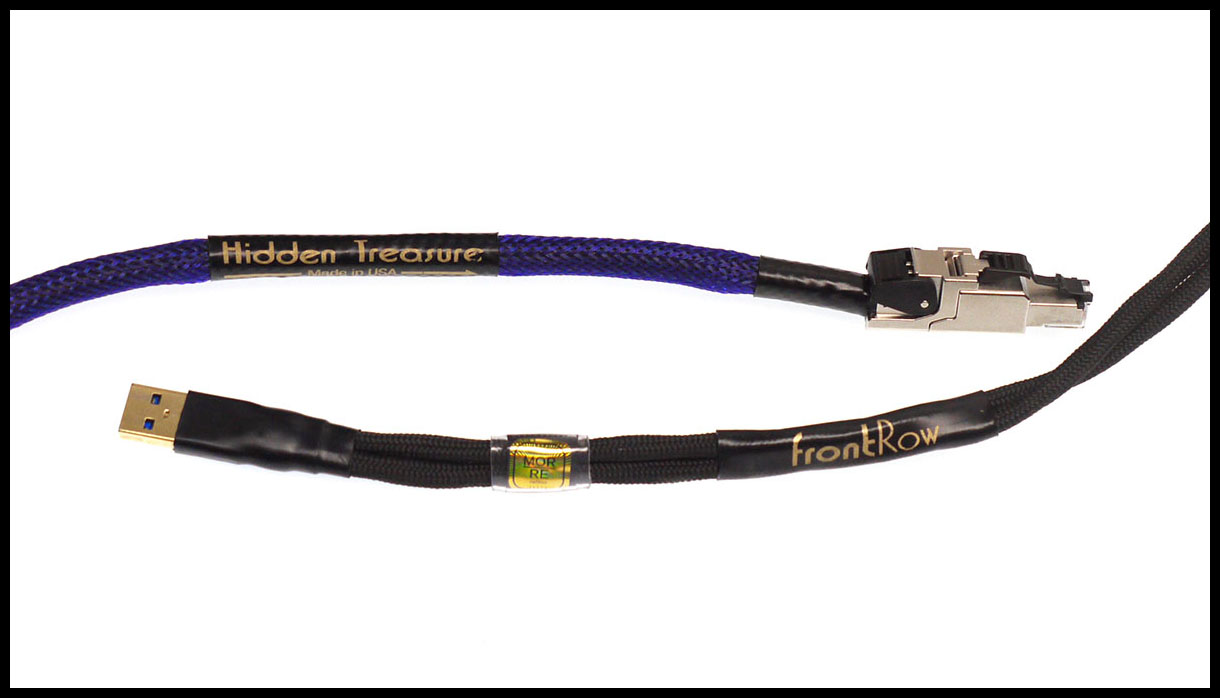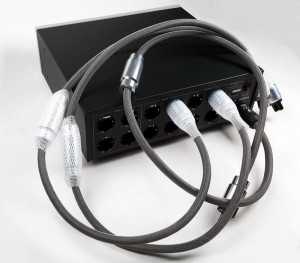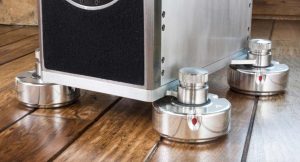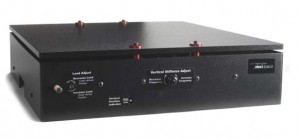Back in February's Issue 132 (HERE) I wrote about the remarkable improvement in my system from replacing a couple pricey audiophile fuses with first one, and then two Swiss Digital Fuse Boxes. At that time there remained a couple of unresolved issues—first was the impending arrival of a rhodium-plated tellurium copper "Super-Duper-Sluggo" (the actual metal rod that replaces the conventional fuse). The other issue I left open was the fact that, unless one uses cheap adaptors, the SDFB requires two power cords—one on each side of the Box. SDFB distributor Vera-Fi does offer a foot-long chunk of Core Power AC cord at a reasonable cost, but I found that using identical cords on both positions was preferable to mixing different ones. And who needs 8-10 feet of expensive power cords behind the equipment rack anyway?
Turns out a viable solution was lurking just a few clicks away: Stu McCreary's review of Ice Age Audio's affordable power cords, in Issue 131 (HERE). The company name refers to the proprietary deep cryogenic treatment every Ice Age cable gets, connector to connector. Owner Rick Parker is himself an admitted audiophile, and he's cryo-ed virtually everything in his own system (just ask him). Must be one hell of an icebox.
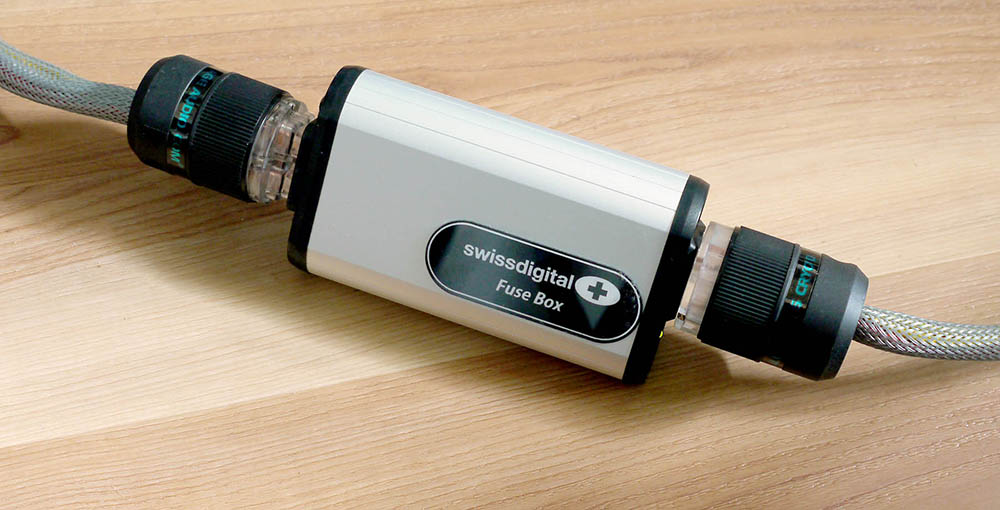
Parker agreed to make me two sets of short "Frankencables," the version Stu preferred.
They appear to be twisted bundles of fine gauge wires, mesh sleeving, no shielding. More flexible than many audiophile hawsers, but nothing otherwise exotic except the deep freeze process. The SDFB is about 6" long, so two 18" cords ended up just over a meter, and an 18" plus a 24" made up a 4' combo, exactly what I needed in my setup. After normal break-in, I must agree with Stu's take—very high quality performance, for a very reasonable price. Parker has since added such short lengths to his buyer options, $219-$229. I did all the Sluggo evaluations below with the Ice Age Cables, and never felt I was missing anything. There are other cryo'ed cables out there, but Ice Age's treatment is certainly impressive. Are there better power cables? Quite possibly, but how much for two? And hey, I need four!
Parker usually provides the Frankencable with fancy metal connector housings, but made up mine with more modest plastic ones, which I prefer. I chose straight bare copper connectors, but one can request copper-rhodium, copper-silver, or silver-silver plug combos. Why do I find this important? Some components—especially power products, plate their internal copper or brass contacts with gold, silver or rhodium to protect against inevitable corrosion. If you proscribe to the like-meets-like philosophy, you can order a cable to suit. Rick Parker explains that Ice Age "doesn't stock cables, we stock parts. So we can build anything anyone asks for. We also have a DIY section to purchase parts." Yes, you can purchase silver or rhodium plated connectors to change the sound of your cables, unless of course you don't believe cables can sound different?
While the Ice Age cords were cooking, colleague Tom Gibbs chimed in with his own take on the SDFB in issue 133 (HERE). It's always reassuring when a second reviewer corroborates one's own evaluation. Especially since he worked with analog replay, something I couldn't do as my Sutherland Little Loco phono stage lacks a fuse to replace. Shortly thereafter, Tom was back with an update about yet another Sluggo, one that was factory-coated with contact-enhancing Graphene (HERE). Mark Schifter of Vera-Fi had mentioned a possible graphene option to me, which is why I had noted they had "neither policy or prohibition" regarding contact enhancers in my original piece.
So now I've had the opportunity to use the Fuse Box with 5 different "Sluggos:" Copper, Brass, Gold Infused Copper, Rhodium plated Tellurium Copper, and the newest, Graphene on Copper. Sorry, but they all sounded different, and one could make an argument for each in different contexts. How can this be? After all, a power conditioner, a power cord, and any fuse are only asked to pass a steady 120v, 60Hz sine wave to a component's power supply. But in high performance systems, many audiophiles hear differences in the sound with changes to each of these (and other) "ancillaries." Power supplies do have a major influence on sound quality, as they rectify the incoming AC waveform for the DC requirements of the component, basically instantaneously replacing the energy used—at whatever frequency or amplitude—by tapping the AC waveform.
There are three audiophile canons to keep in mind here: 1. All reproduced music is just the modulation of the mains AC power; 2. Even a passive part in a circuit is still a filter—including a Sluggo; and 3. Everything makes a difference: different systems, components, rooms, and ear-brain neural networks. So I can share some general impressions of the various Sluggos—but nothing definitive, though, just what I hear in my system.
But first, consider the matter of conductivity. As is well known, pure copper is only 6% less conductive than silver (and we don't want to consider the cost of that Sluggo!). Tellurium copper is about another 7% less conductive. Gold is actually only about 70% as conductive as copper, brass (copper with perhaps 30%-40% zinc) perhaps 56% as conductive as copper and rhodium only about 39%. Yet all of them are used by audio manufacturers in different implementations, due to other physical characteristics. So too with Sluggos.
Copper might seem the obvious choice: malleable and easy to draw into wire, bend and wind into a coil, etc.—there's yards of the stuff in any audio system before signal hits speakers. But copper corrodes relatively rapidly, and that surface corrosion is not conductive. Yes, contact cleaners should be used regularly. Tellurium copper is more "machinable" than the pure stuff, and so is often found in up-market plugs and connectors rather than as wire.
Gold is typically used to plate copper (and other metals), as it is much more resistant to tarnishing. (According to Mark Schifter of Vera-Fi, "Gold Infused" means not a conventional plating, but a dipping process). That gold plated copper is so pervasive in audio is probably the source of those snide comments about audiophile jewelry. But it works, stays pretty looking, and helps get spousal approval.
Brass is actually the standard metal for general electrical and audio connections because it doesn't tarnish as fast as copper, is very machinable, and nicely "springy" and/or "grippy." Odds are the clips that hold that fuse or Sluggo in your gear are brass (probably plated with chrome or nickel), as are most plugs and connectors made for audio cables and power cords, albeit often plated in gold.
Rhodium is relatively new to audio, first used I think by Japanese manufacturers like Furutech and Oyaide to plate their connectors, particularly AC plugs, where 120-240 volts offset the low conductivity. It can be as shiny as chrome, is slow to tarnish, and resists physical wear from frequent insertion and removal much better than gold. I believe the very tight-gripping contacts in my Audience outlets are rhodium plated. In my Audioquest Niagara, they are apparently silver plated and not so grippy, in my pre-NCF Furutech outlet they are gold plated, and just snug.
Tom Gibbs provided a good primer on graphene, the form of carbon that makes up everyday graphite. Graphene doesn't appear on any list of conductivity, as that characteristic varies greatly—way thinner is way better. Graphene is also not simply ground up graphite powder, processes are still being developed to produce graphene nanoflakes just a few atomic layers thick. (A one atom thick layer of graphene was first produced in 2003, by lifting layers away with… Scotch tape.) If a graphene deposit is thin enough, it can enhance the "skin effect" of thick conductors-high frequencies tending to pass on the surface. Graphene is increasingly used in various audio components and as a contact enhancing agent. I don't know the specifics of the graphene on the Sluggo, but as it is vapor deposited on copper, it is much more "scuffable" than traditional metal plating, as you can see in my pictures.
So any confusion here is understandable. Should you dare delve into Internet audio forums, you can find heated discussions about all these materials, issues, and any audible differences positive or negative. Everyone on the Internet has done their own research, you dummy, and that's that!
Personally, I've enjoyed my two Swiss Digital Fuse Boxes with each Sluggo variant, but do hear differences between them, and do have my preferences. In my system, which likely resembles yours (and Tom's) not at all. High-efficiency open baffle dipole speakers, Silversmith Fidelium ribbon speaker cables, low power (8-10 watts per channel) single-ended amplifiers both tube and solid state, an extremely transparent passive transformer-based preamp, usually fronted by a BSG QØL image processor that really enhances the realism of the performance. Much of the equipment is now discontinued, and not really "high-end" in the megabuck sense, but each was selected to maximize a wide and deep soundstage in my very small 160 sq ft/1000 cubic foot room.
To help characterize the various Sluggo options, I removed the Fuse Boxed QØL processor and connected my Chord Qutest DAC directly to the preamp, and that to the amplifiers that run on my other Fuse Box. I Qobuzzed some old favorites as well as new and revealing tracks (see below). Keep in mind, Sluggos really benefit from extended "burn-in." Yes, listen to music, but also let the component idle 24/7 for the first couple weeks of your 30-day money back trial, as current still flows through the power cord and Sluggo.
Starting with the obvious: the copper Sluggo ($33 purchased separately). This was the original Sluggo supplied with my first SDFB. It does a fine job revealing the obvious gains from eliminating a conventional fuse: expanded 3D soundstage, increased definition, dynamic headroom and micro-dynamics. It can also reveal component, cabling, speaker set-up, and room treatment issues, which should be addressed before "up-grading." However, the plain copper Sluggo (and also the brass) are now "old stock" "engraved" Sluggos, and are apparently being phased out—the 5x20mm copper version is currently "sold out" on the Vera-Fi web page.
The brass Sluggo ($33) improves on the copper in my system, which surprised me a bit, until I remembered both my amps have IEC inlet tray fuse holders, the contacts of which are probably plated brass. Bright, lively, and engaging, brass is definitely worth a listen, especially for rock and jazz, or while saving up for a Graphene.
The Gold Infused Copper Super Sluggo ($33) replaces the original copper as the default option when buying a SDFB. It proved the best all-rounder with both my tube and solid state amps: balanced and articulate top to bottom, very expansive 3-dimensional soundstage, etc. Bias here is that this was the Sluggo I used when I did my original review. I optimized my system for it in terms of cabling, speaker set-up, etc. and have not since changed things to optimize any of the other Sluggos.
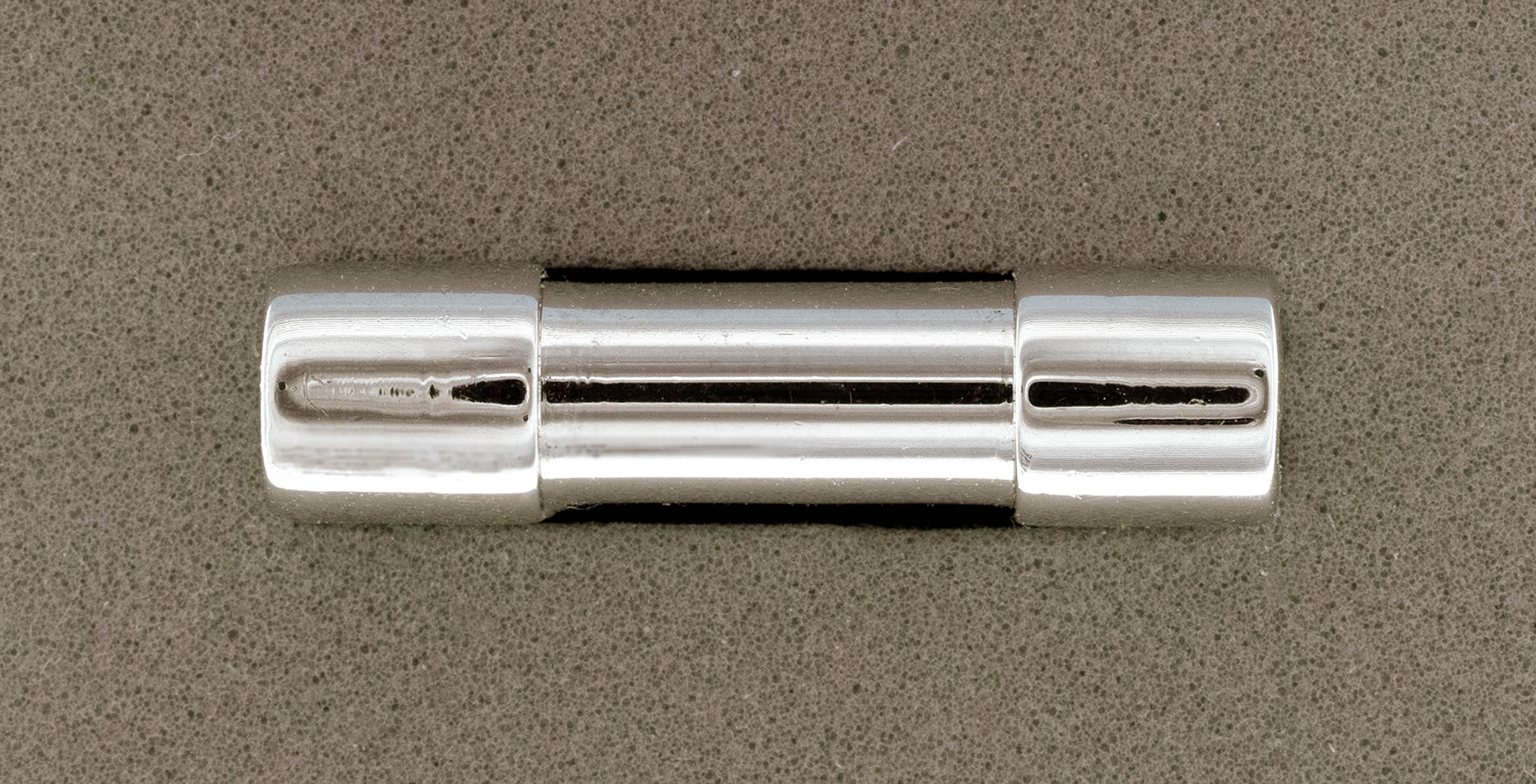
The Rhodium plated Super-Duper Sluggo ($199) is one smooth customer. Being machinable Tellurium copper, it is the only one "dumbbell-shaped" to match tray type fuse holders. Everything is there, but high frequency transients and instrumental textures are not unduly emphasized. Ensembles seem more integrated rather than separate voices, as though the listener is seated back a few rows. It's all about musical body and flow—ideal for a lot of classical recordings. It makes my solid-state Class A Valvet sound more like a 300B SET. In other words, an addictive pleasure. Rhodium should also work in any system that tends toward brightness, or if the Sluggo is buried inside the component and inaccessible for cleaning.
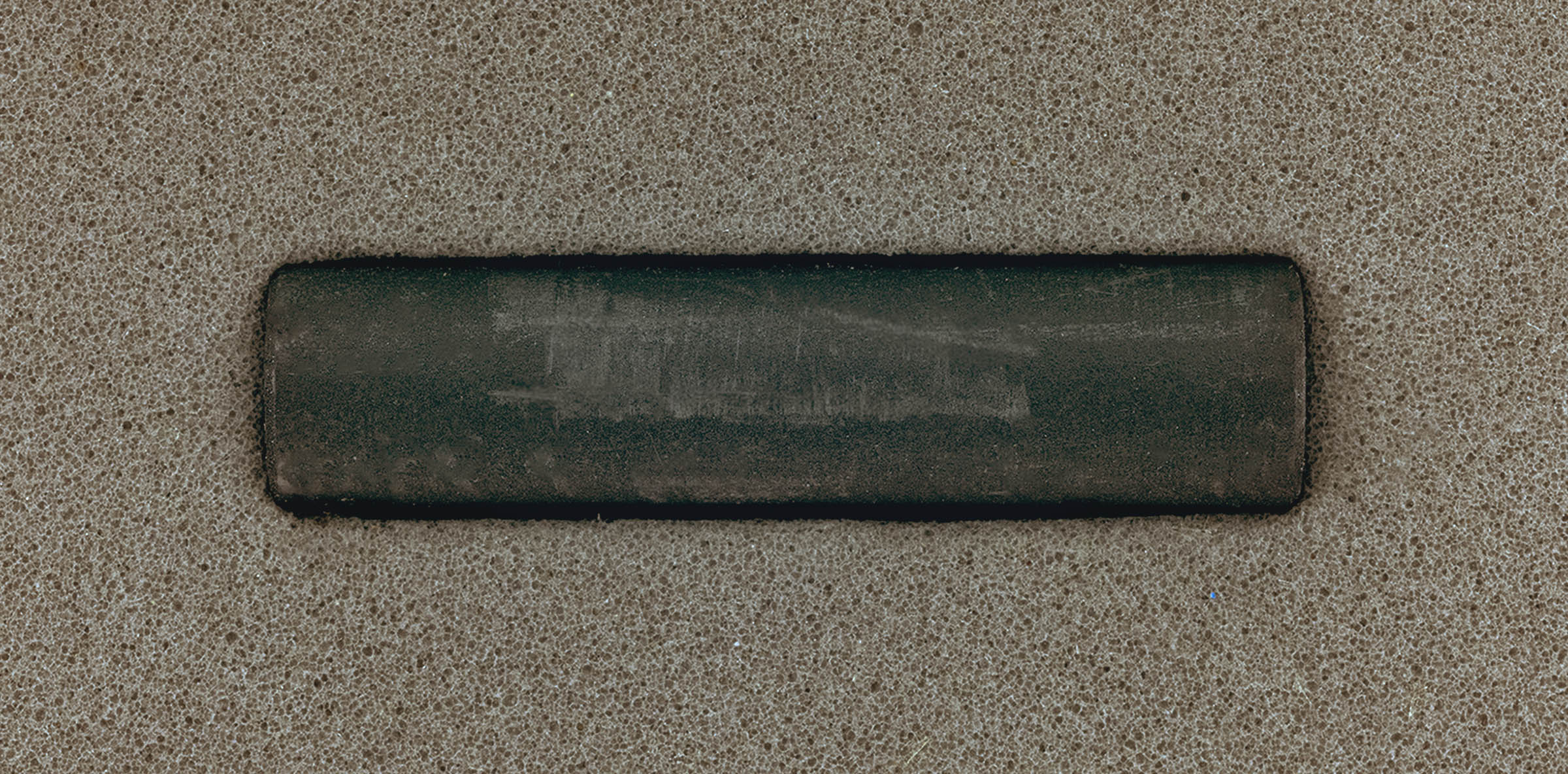
In my system the Graphene Sluggo ($199) obviously passed the most information, in the best audiophile sense. It was a favorite with the 8-watt tubed Coincident Dynamo amp, especially with the Sophia Electric EL 34s. So, probably first choice if your goal is maximum resolution, and have (or can buy) speakers, cabling, and components that can keep up with it. The obvious sonic differences between the Rhodium and Graphene Sluggos are perhaps due to to one having highly conductive surface layer versus the other having a much less conductive plating—two very different ways of dealing with skin effects. Vera-Fi cautions buyers about the delicate graphene surface—don't even try to clean it. Fortunately, both my amps appear to use the same brand inexpensive IEC input/fuse tray, so for $10 I bought five extras just for the trays—so I don't have to handle, remove, or reinsert various Sluggos into a single tray. Swapping the pre-loaded trays is then actually easier than switching interconnects.
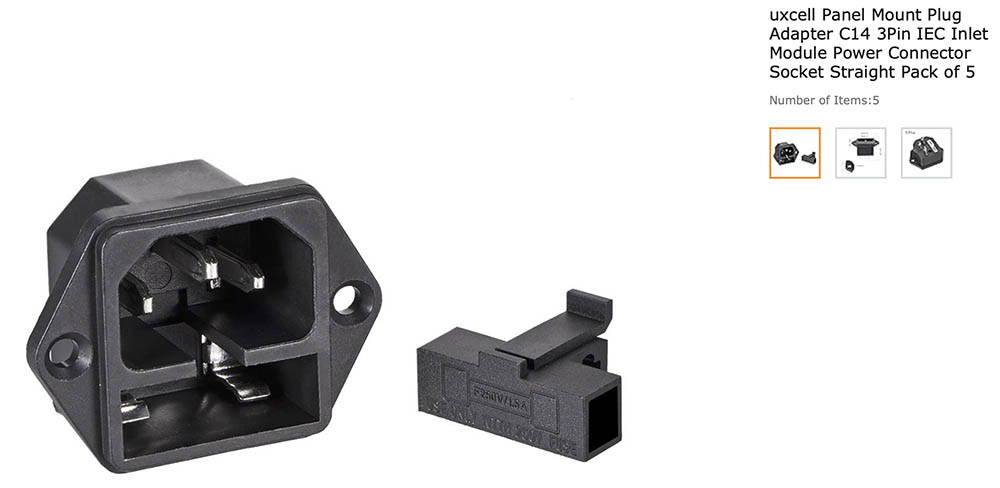
Why would anyone want or need multiple Sluggos, you ask? For the same reasons audiophiles acquire multiple cartridges, tubes, headphones, LP and CD pressings, cables and tweaks. And besides, even the pricey Sluggos cost far less that a set of decent interconnects. I also suspect we may see additional Sluggo options coming down the road. Different geometry? Silver-plated copper? But please, please, please, do not tempt me with 6-nines solid silver!
Recordings Used for this Review
I compared the Sluggos with lots of "non-audiophile-favorite" recordings: some older ones of known quality, some new-found but recommendable, some just wacky. I assembled a Qobuz playlist of specific tracks to explore various sonic attributes.
For example, for pure minimally mic'd sound and soundstage, I used "Opening Parade" from the 1987 Bali Arts Festival, on Bali: Gamelan and Kecak. Recorded on-site by the legendary David Lewiston, it's part of the great sounding Explorer Series I bought on Nonesuch LPs. I listen particularly the first few minutes when the crowd is most audible and outside the speakers. But if you've got 12 minutes, stick with it as the "parade" marches across the soundstage.
For orchestral spatial staging and hall sound, I used "Miroirs" from Rostropovich's Dutilleux Cello Concerto, which I've savored ever since I got the original LP.
But do also check out at least the "Intermezzo" from Thomas Fiorini's Concerto for Bass Guitar and Orchestra, just to remind us that no one had a chance to write a damn concerto for Jimi Hendrix.
For clean, transparent treble extension and piano tone, Hillary Hahn's In 27 Pieces, well-mic'd show-off encores she had commissioned. I like "Solitude d' Autumne" by Bun-Chin Lam for starters, but if you want more fireworks, there are 26 others.
For natural bass extension, dynamics, and texture, may I suggest "Green Slime" from But Who's Gonna Play the Melody?… Christian McBride or Edgar Meyer?
Because the Swiss Digital Fuse box can open up any recording dramatically, judging the soundstage in non-classical fare is interesting but unreliable—most pop recordings are multi-tracked (even from different times or places) and arbitrarily panned and reverb-ed in the mix down. In-studio ensemble recordings can often split the difference, as with Blue Maqams, a typically fine ECM "chamber jazz" recording featuring Anouar Brahem on oud. The .pdf link includes this photo of the studio, the rhythm section (Dave Holland and Jack De Johnette) in different rooms, each with multiple mikes, and with the "leader" stuck in a corner left with a single microphone. Yes, it sounds great, but the perceived soundstage is artificial, don't believe yer lyin' ears.
Recordings of medium-sized classical ensembles typically endeavor to convey lateral spacing of distinct instruments in the often-too-tight space between the speakers—but the SDFB helps expand the soundstage/acoustic around them and separate the instruments. I used "Allegro vivace" from the Wigmore Soloists' Schubert Octet.
For a vocals corollary, I used an oddball recording by the UK's early music sextet The King's Singers, merrily covering classic pop tunes in Good Vibrations. Yes, the accents are jarringly wrong, and the renditions are more than a bit twee. OK, but hard not to be twee with an a cappella group featuring two counter-tenors not named Aaron Neville. Try "The Boxer," and there they are, six distinct but blended male voices across the room, not one of them "auto-tuned."
It is always expected that audio reviews must feature a female vocalist. But what to do in the age of Taylor Swift? My vote goes to Caroline Shaw. Who? OK, so she has four Grammys, and a Pulitzer Prize to boot, but has she ever been heard over a megabuck system at an audio show? Odd, because she is a musician "trying to imagine a world of sound that has never been heard before but has always existed." Listen to her new release Rectangles and Circumstance, with Sō Percussion, and that's just what it sounds like, and the SDFB really expands and clarifies the layered spatial effects. Try "Silently Invisible" first, should you be wary of contemporary "serious" music in the Laurie Anderson vein. "This," with words by Emily Bronte, might even point you to recordings by Shaw's other group, the vocal ensemble Roomful of Teeth.
Finally, as "immersive audio" is all the current buzz, and with AI music lurking just round the corner, the Fuse Box's resolution, dynamics, and expansive 3D soundstage prompted me to spend some quality time with Resonance, from Yello's Boris Blank. This work was commissioned for a wellness spa, to help induce calm and reduce stress (not that there is much of that around today). There may be an Atmos mix, but the room filling Fuse Box stereo version works for me. Try it with the lights out, and chill.
Alternate Sluggos for the Swiss Digital Fuse Box
Retail: $33-$199
Vera-Fi
Frankencable Power Cords
Retail: 1.5 ft. $219, 2 ft. $229




